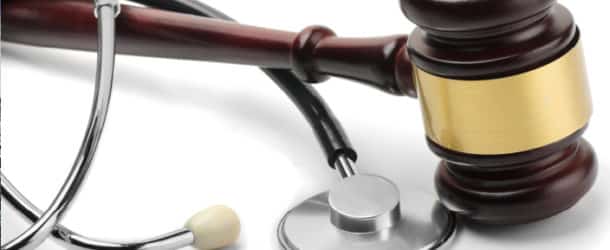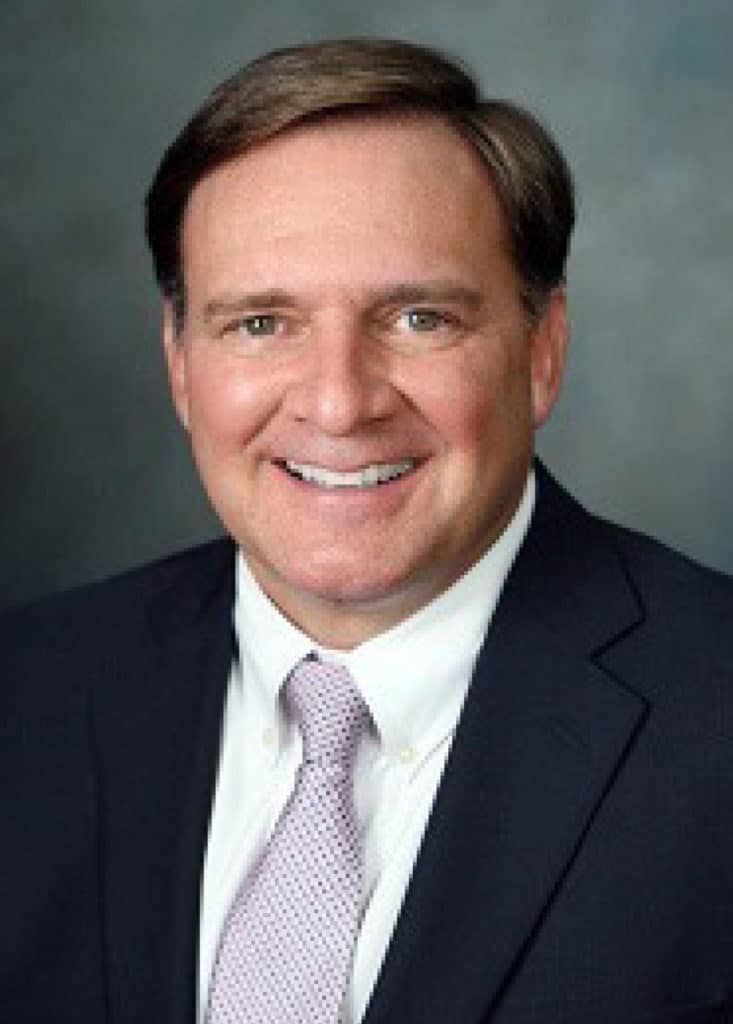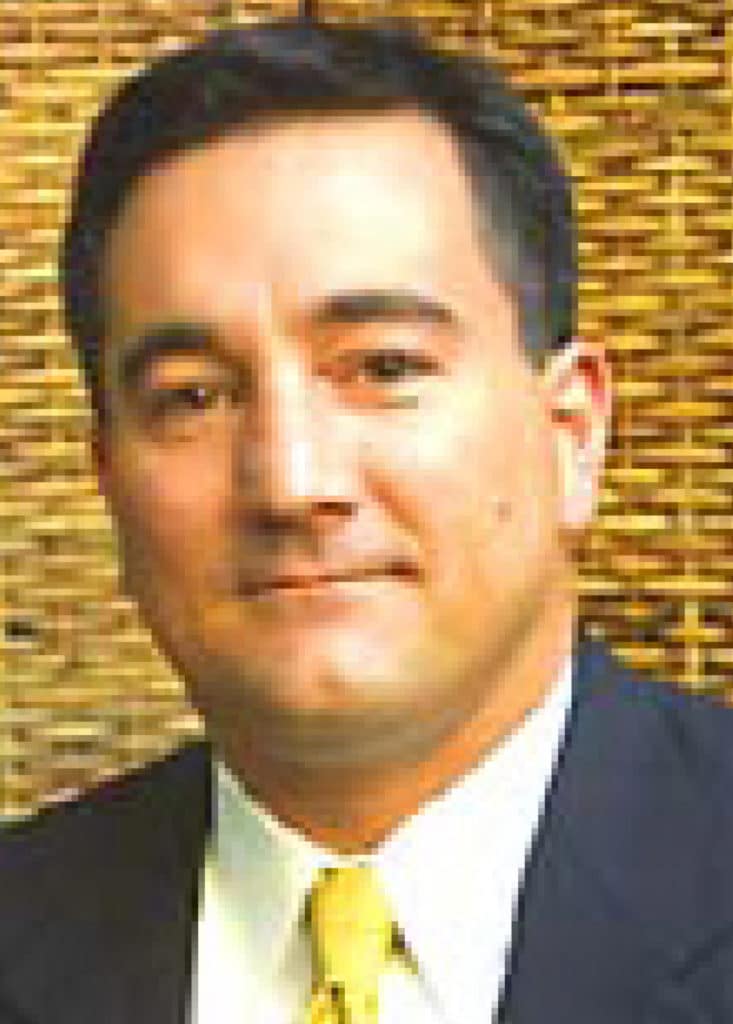By Andrea Mongler
“Medical malpractice” is a term most people would prefer not to hear. For patients, it can evoke fears of death or disability caused by medical errors. Doctors and other health care practitioners may worry about unjust lawsuits in which they lose huge sums of money.
Regardless of the connotation of the term, medical malpractice is an important issue in the health care field, and it is addressed by state law. In Louisiana, that law is different from those in other states.
Louisiana is one of perhaps a dozen states (the number has fluctuated over the years) that have what’s known as a “patient compensation fund.” Established in 1975, the Louisiana Patient’s Compensation Fund (PCF) basically functions as an insurer of health care providers.
“It gives providers peace of mind,” says Ken Schnauder, executive director of the PCF. “They know that if the worst-case scenario happened, they will not lose their house or their livelihood.”
It works like this: health care providers — including medical doctors as well as nurses, chiropractors, dentists, podiatrists and others — pay an annual rate to the PCF. That rate varies, with those in higher-risk specialties paying more. The rate for obstetrician-gynecologists, for example, was $26,021 this year, while internists paid a much lower rate of $5,523.
When a health care provider who is enrolled in the PCF is sued for medical malpractice and loses, they are responsible for covering the first $100,000 of any court-ordered damages, plus any court costs and legal fees. Most have private insurance to help them pay it. The PCF covers any damages above that $100,000 threshold.
How much a court awards a plaintiff in a medical malpractice suit varies, but damages are capped at $500,000 in cases where the defendants are enrolled in the PCF.
The cap doesn’t apply to practitioners who don’t pay into the PCF, which means they could potentially be required to pay much higher amounts, though the vast majority of providers are enrolled in the fund.
The amount of the cap hasn’t changed since the law creating the PCF was passed in 1975. And it’s lower than the cap in many other states.
However, Louisiana’s law was amended in 1984 to allow for payment of ongoing medical expenses. In other words, a patient who has been harmed by medical malpractice and will require ongoing medical care is eligible to have those expenses covered by the PCF in addition to the initial damages award — the one that is capped at $500,000.
“That future medical care is the one element that no other state includes in their laws,” Schnauder says. “In other states, you are just paid a lump sum, and your future medical bills could end up being much more than you collected. But here, we pay bills related to medical malpractice for the rest of some patients’ lives. For some claims, we’ve paid in excess of $10 million.”
Ben Mouton, a partner at Baton Rouge law firm McGlynn, Glisson & Mouton who represents plaintiffs in medical malpractice cases, says there are problems with both the cap and the coverage of future medical expenses.
“This cap was put in place over 40 years ago, and hasn’t been increased to keep up with the effects of inflation,” he says. “In addition, it punishes victims of the most severe medical malpractice cases.”
According to Mouton, though coverage of ongoing medical expenses is important, it’s not always enough. That’s because loss of income is included in the $500,000 cap on damages. For example, if a parent of young children dies in a medical malpractice incident, a court cannot order that the PCF provide living expenses to the family to replace what the parent would have earned.
Practitioners are not legally required to pay into the PCF, but in most cases, “it would make absolutely no sense not to participate,” says Michael Malinowski, a law professor at LSU who teaches health care law and policy.
Though it’s impossible to say for sure how many actively practicing health care providers are enrolled in the PCF — partly because there are retired doctors who maintain medical licenses but no longer practice medicine — Schnauder estimates that the percentage of practicing providers who are enrolled is in the mid-90s. He says those who aren’t enrolled are likely to be in fields with very low risk of serious medical errors.
The PCF is overseen by the Louisiana Department of Administration, but its funding — which comes from the enrollees, not from tax dollars — is not considered state property.
The other major component of the medical malpractice system in Louisiana is the medical review panel process. Under state law, before a plaintiff can file a medical malpractice lawsuit in court, their complaint must be investigated by a three-person medical review panel. Each panel is staffed by physicians — one is chosen by the plaintiff, one is chosen by the defendant, and those two members together choose the third.
The panel’s role is to determine whether malpractice did, in fact, occur. Once a decision has been reached, the plaintiff has 90 days to file a lawsuit. However, the panel’s ruling is not binding — if it rules in favor of the health care provider, the plaintiff may still choose to take the case to court. Either way, the panel’s findings may be used as evidence in court. And sometimes the two sides reach a settlement agreement instead.
“The medical review panel is a tremendous benefit to the health care providers in our state because they have limited exposure to lawsuits,” says Emily Black Grey, manager of the health care section at Baton Rouge law firm Breazeale, Sachse & Wilson, which represents providers. “We are known as having a very litigious population here, which can make it incredibly expensive for our providers to practice medicine. To have three health care providers screen a case and give it a thumbs-up or thumbs-down from a negligence standpoint provides some insight without having to go through the whole court process. It proves helpful for a lot of folks.”
Mouton disputes the idea that the panel process is helpful for plaintiffs, noting that panels rule in favor of plaintiffs less than 10 percent of the time. However, Schnauder says that figure doesn’t take into account the fact that as many as 50 percent of panels are dismissed before a decision is even reached — often when plaintiffs decide not to pursue a case.
For the past few years, about 1500 panels have been filed each year. Only health care providers who are enrolled in the PCF are eligible to participate in the panel process.
Malinowski says that although there are valid criticisms of the PCF and the medical malpractice system in Louisiana, it has mostly done what it was intended to do.
“The Patient Compensation Fund system was introduced to make coverage available and affordable for those practicing medicine, and to make sure that plaintiffs could get compensated from a solid — solvent — source. On those objectives and legislative intentions, it has worked.”

















Comments are closed.